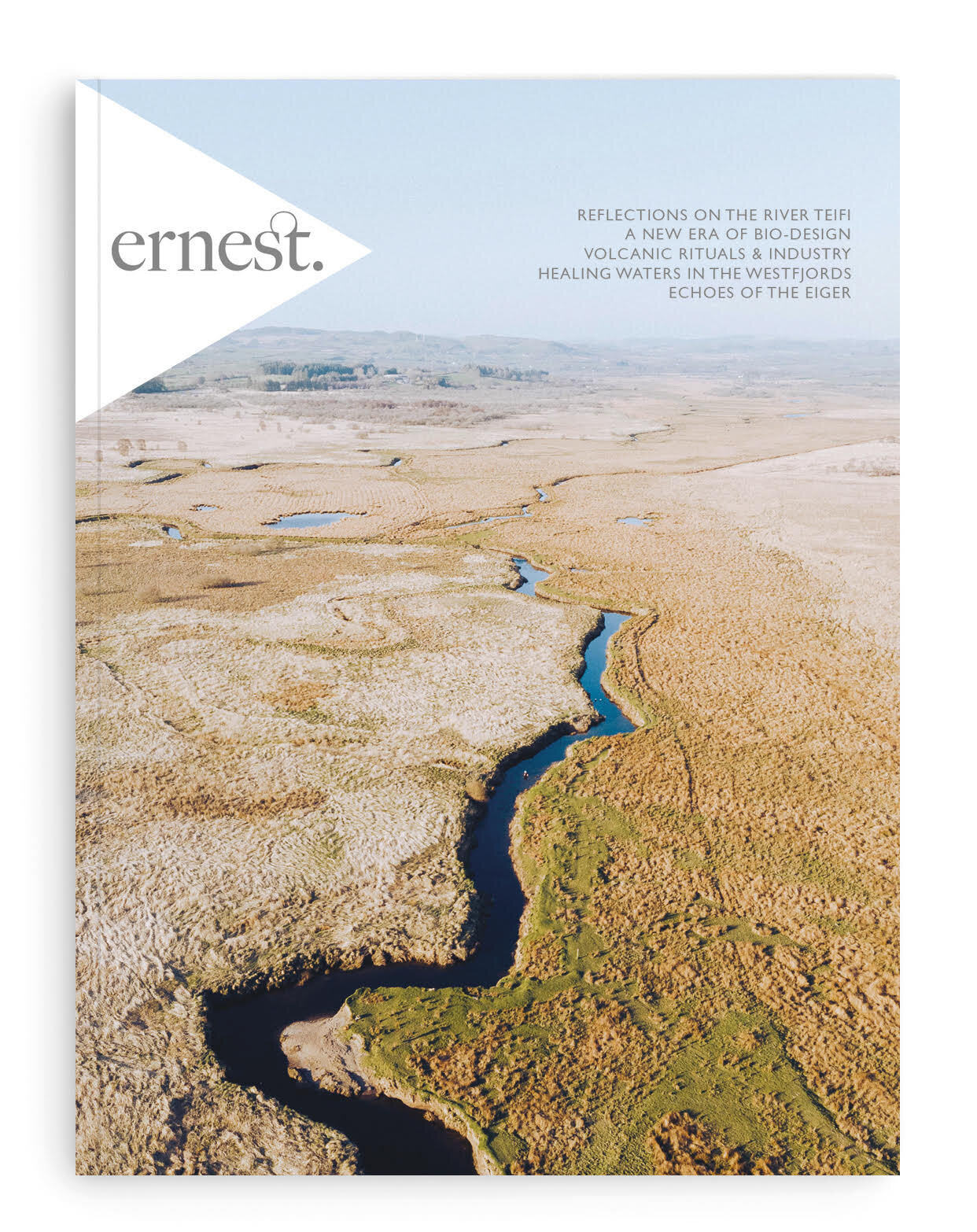We’re delighted to announce that our latest issue has gone to print, and for those of you that have pre-ordered or subscribed, you should receive your copy in around two weeks’ time. Thank you so much for your patience and for helping us to steer a course through these unsettled times. If you haven’t had a chance to pre-order issue 11, you can do so through our store page
As many of you know, the past 18 months has been a challenging time for us. But after a remarkable crowdfunding campaign, we were able to send issue 10 to print last autumn – and we have been thoroughly heartened by your support ever since, including renewal of subscriptions and pre-orders for issue 11, which we've just sent to the printers!
Here’s what’s coming up in our latest edition, including healing waters in Iceland's Westfjords, memories of the Eiger, unearthing Old West landscapes in Europe, mudlarking on the Thames, a journey to the source of the River Teifi and a 'Russian spy whale'...
Inventory
William Smith’s geological maps; Steller’s sea cow; the history of lidos; photographing the fluid shapes of starling murmurations; 50 words for snow; the Quiet Parks Project; catching mackerel by handline; ramblers’ soap; natural inks; water monotypes; redesigning ghost wear.
Echoes of the Eiger
Revisiting his father’s pioneering route up the north face of the Eiger – famous for being one of the world’s hardest rock climbs – Mike MacEacheran ruminates on the power of memory and mountains, and why we push ourselves to the ends of the Earth in pursuit of the unknown.
A new era of biodesign
Our material consumption has long been out of control. But could developments in biodesign be part of the solution, bringing us closer to a 1960s sci-fi vision of a sustainable ‘Spaceship Earth’?
Nature & artifice
Ministry of Defence domes, tanks and radar towers may seem incongruous with the wild and craggy landscape of St Kilda, but as Bethany Rigby discovers, a military presence can often have beneficial consequences for conservation in remote areas.
Healing waters in the Westfjords
Henry Fletcher explores Iceland’s oldest geological outcrop – known for its runic sorcerers and herbalists, fathomless fjords and weather-beaten mountains, hot pools and cold water surf scene.
Wild West, Wild East
Trigger fingers at the ready, the sound of a whipcrack ringing in his ears, Nick Hunt seeks traces of the Old West in unlikely corners of Europe.
Technicolour scenes
Stanley Donwood is renowned for his Radiohead album covers and eerie drawings of sunken paths in Holloway (2013), but in his latest collection he turns to brash blocks of colour to evoke the rolling chalkscapes of southern England.
Meditations on the River Teifi
Jack Smylie Wild meanders to the source of Afon Teifi, weaving keen observation with childhood recollection, while sounding a clarion call to love and protect our waterways.
Oh hello, Hvaldimir
A cetacean spy or therapy whale? Joly Braime gets to know this big-hearted beluga who just wants to be friends with humans.
River of time
Mudlarking on the Thames: eroded by the ebb and flow of the tide, the crumbling banks of the estuary reveal clues to our evolving relationship with waste.
The humming towers
Pylons have radically transformed our landscapes for almost a century. Gareth E Rees explores the often-haunting symbolism of the metal monoliths that power our world.
On reflection
As flights were grounded and borders began to close with Britain’s first lockdown, Nicola Moyne found herself turning to the inky depths of the Suffolk coast for fresh perspective and purpose. She recounts how the River Orwell taught her to sail once lockdown eased – and reconnect with the wild.
























